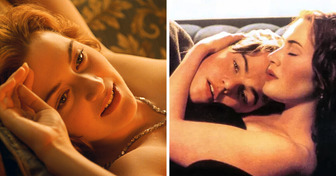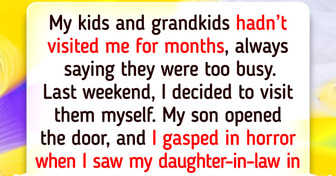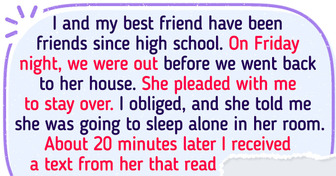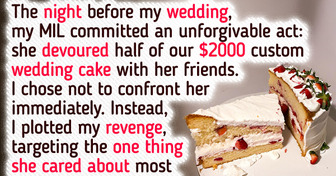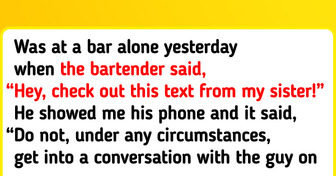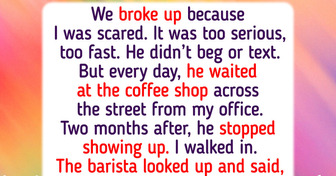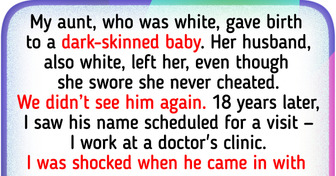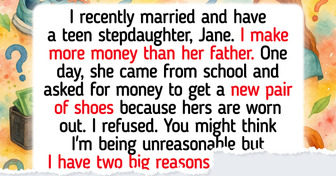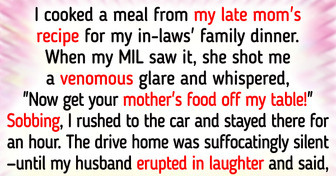16 Tricks Celebrities Use to Always Look Stunning in Photos
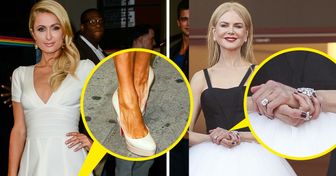
“A beverage as black as ink, useful against numerous health conditions. It is made of water and the fruit from a bush called bunnu.” You must have guessed it’s a description of coffee! This is how coffee was described by a German physician who had a 10-year trip to the Near East back in the 16th century.
Today, you don’t have to venture into the unknown to get a cup of precious liquid — you can easily make it at home or visit the closest coffee shop. As of 2023, in the US alone there are over 72 thousand coffee shops, imagine the whole world!

When you think of coffee, what’s the first country that comes to your mind? Italy? Maybe France? But here’s the kicker: actually, Finland is the coffee-est country in the world.
Just picture it: an adult Finn consumes up to 27.5 pounds of coffee per year, while an American only consumes about 11 pounds. Norway proudly takes second place, and Denmark closes the top 3. Italy and France aren’t even in the top 10. And by the way, each day people on our planet drink approximately 1.6 billion cups of coffee.
If you’re planning to hit some longevity records, coffee may come in handy. There’s been research conducted by Harvard Health Publishing stating that those who drink 3–4 cups of coffee per day are more likely to have a longer life span. Sounds cool but... it’s probably not the best option.
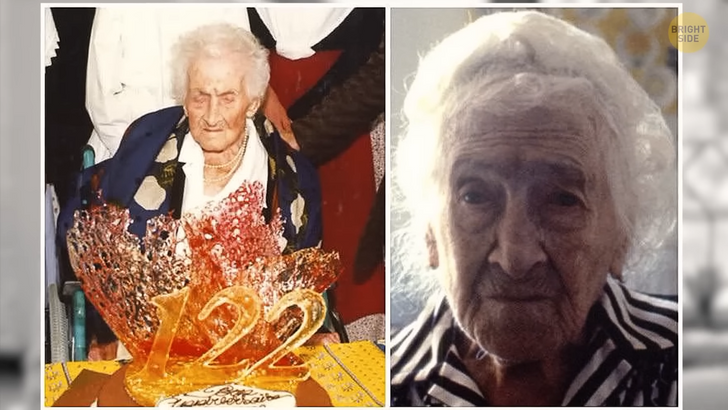
One of the world’s most famous supercentenarians Jeanne Calment acknowledged that she would drink coffee with milk for breakfast. And she lived an incredibly long life of 122 years! Not only do people prove that coffee helps with longevity, but cats can also prove it.
This is Creme Puff from Texas. It’s the cat that lived for 38 years. Jake Perry, Creme Puff’s owner, shared some details about his pet’s diet. Creme Puff would typically eat dry cat food, eggs, turkey bacon — alright, nothing special here. But the cat was a big fan of coffee too! Creme Puff preferred coffee with cream.
Now here’s a question for you — what color is your coffee mug? The thing is, it matters a lot what you drink from. There are certain colors, for example, lead-based glaze, that can release toxic substances in your drink. Mugs glazed with red and orange are most likely to contain lead. So, if you wanna play it safe, opt for mugs made of glass, ceramic, or stainless steel. Also, mugs made of plastic or aluminum aren’t safe either, as they may release unwanted substances just like glazed mugs.
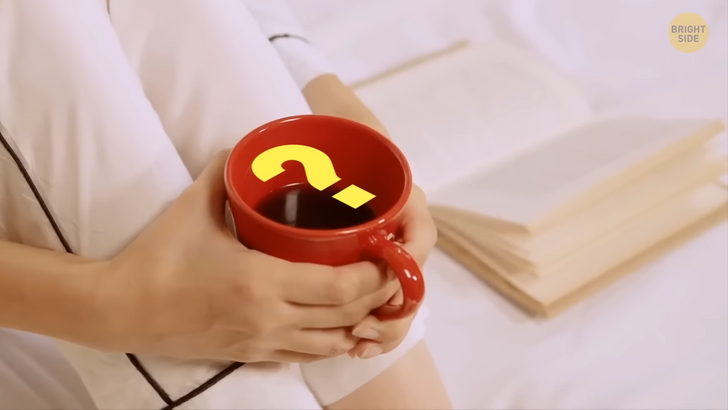
But the color matters for psychological reasons too. There’s been an experiment concerning coffee perception based on the mug color. So, it turns out that if we drink coffee from a white mug, it may seem less sweet than if we drink it from a blue or transparent one.
Coffee even played an important role in major sports events. Back in 1932, Brazilian athletes couldn’t afford a trip to LA to participate in the Olympic Games. However, a solution was found. The authorities loaded the athletes onto a ship full of coffee. That coffee was sold on the way, so it helped finance their trip.
Coffee is also the key to a happy family life. Or at least it used to be. In the 15th century, in Mesopotamia, coffee was pretty important when it came to marriage. Men would choose their future wives based on how well they could make coffee. Luckily, we have coffee machines for that today, so we choose partners based on their personalities. And in Constantinople, a wife could file for divorce in case her hubby did not provide her with enough coffee.
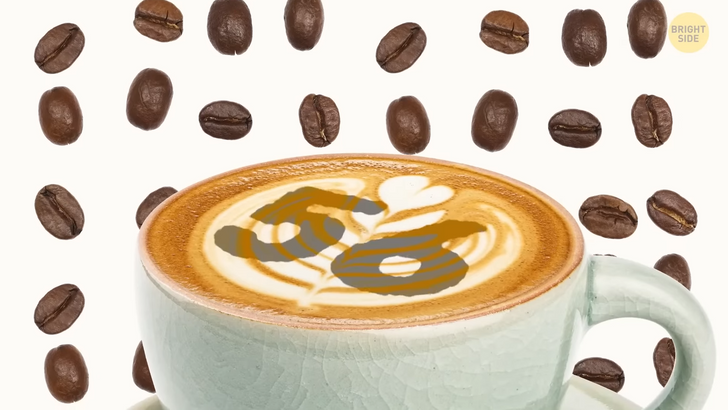
According to industry standards, you need around 56 coffee beans to make a single shot of coffee. Beethoven — yes, I’m talking about one of the main hitmakers of all time — would count 60 beans precisely to brew his morning coffee. I guess it was more of a ritual than a particular recipe. Hey, do you have any rituals for your morning joe?
Another hitmaker, Johann Sebastian Bach, even dedicated a cantata to coffee which he called coffee cantata — pretty straightforward, huh? The cantata tells about coffee dependence.
Even though black coffee is supposedly the most common type out there, pretty much everyone tried cappuccino at least once. By the way, it got its name because of the final color the drink has. It’s a soft-brownish shade very much similar to the color of the Capuchin robe. Plus, the robe has a hood, and the word hood translates to Italian as cappuccio. Now the name finally makes sense.
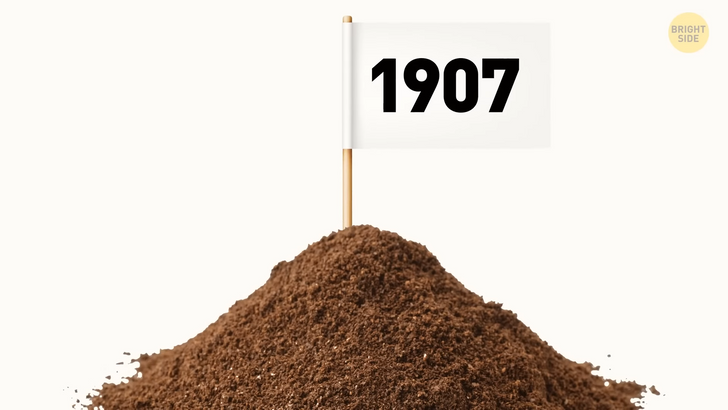
Those who don’t like to spend time brewing coffee often opt for the instant variety. Let’s say happy birthday to instant coffee: it’s soon to turn 116 years old! It was invented in 1907, and up until the 1970s many consumers would criticize it for having an inferior taste. However, in the 1970s, the technology changed, and the manufacturers claimed it tasted almost like freshly brewed coffee. Also, instant coffee created another popular thing, coffee vending machines. The first prototype was invented back in 1947, and they’ve been with us ever since the 1950s.
There are also some products you don’t really want to combine coffee with. Number 1 — meat. The logic is simple: coffee can absorb zinc in the body, therefore it’s not the best choice to have coffee after grabbing something that contains zinc. I’m talking about red meat, oysters, and beans. Number 2 — fried food.
Such dishes tend to contain a lot of so-called “bad fats”, and once you combine them with caffeine, this mix increases the cholesterol levels in your body. Number 3 may come as a surprise, but still: coffee and milk aren’t the best match. Coffee doesn’t let the calcium absorb, so technically you just don’t get many nutrients from the milk.
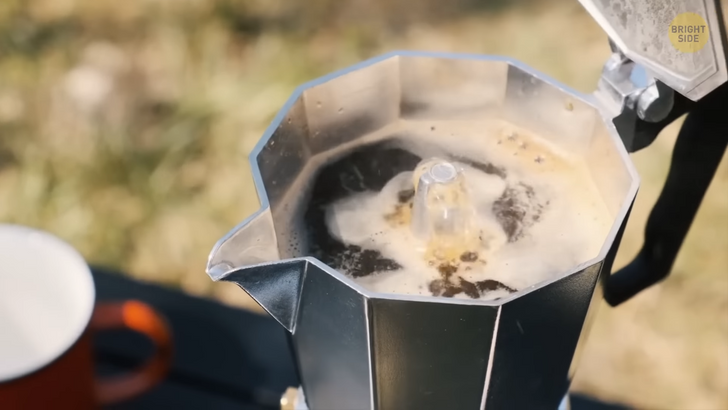
Japan seems like the perfect place for those who love coffee. I mean, do you know any other place where you can literally bathe in coffee? Me neither. So, these hot springs spas and water amusement parks near Tokyo got famous for their extraordinary hot tubs.
There are 26 baths in total, and they’re filled with coffee, green tea, and many other drinks. Only fresh ingredients are used, and the baths get refilled every day. So, to make a coffee tub they brew coffee beans with water from natural hot springs. By the way, the price is pretty reasonable — an adult ticket costs about $36. If you tried to make a coffee tub yourself, you’d probably spend more.
Time to debunk another myth! Decaf coffee does have caffeine. A middle-sized decaf drink has about 7 mg of caffeine, while regular coffee has about 70. Yep, 10 times less, but it’s enough to disrupt your sleep. As for classic coffee, remember that caffeine has a 6 hours half-life, so it takes about 12 hours to fully eliminate it from your body.
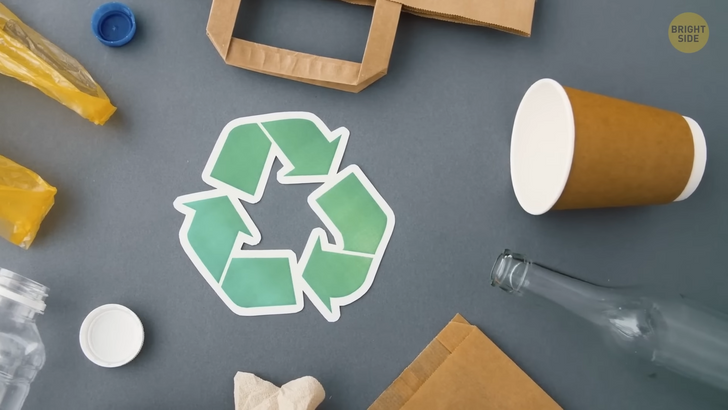
Coffee is a no-go both before you go to sleep and right after you wake up. Cortisol, the stress hormone, is not only responsible for stress but for sleep cycles too. It spikes between 8 am and 9 am, so a cup of coffee only adds to anxiety in the morning. Grab it when the cortisol is at its lowest. It also spikes between noon and 1 pm and between 5:30 and 6:30 pm. No coffee at this time!
Many people believe coffee is not the healthiest habit, opting for good quality water or other beverages. Still, if you just can’t say “no” to your guilty pleasure, try buying a thermo cup and brewing coffee at home. You’ll save money and nature since disposable coffee cups aren’t recyclable, and it takes at least 20 years for them to decompose! A pop-in in a coffee shop may be your daily ritual, but have you ever counted how much you spend on your morning habit? Millennials spend over $2,000 a year on coffee, investing sometimes more than they do in their retirement.


